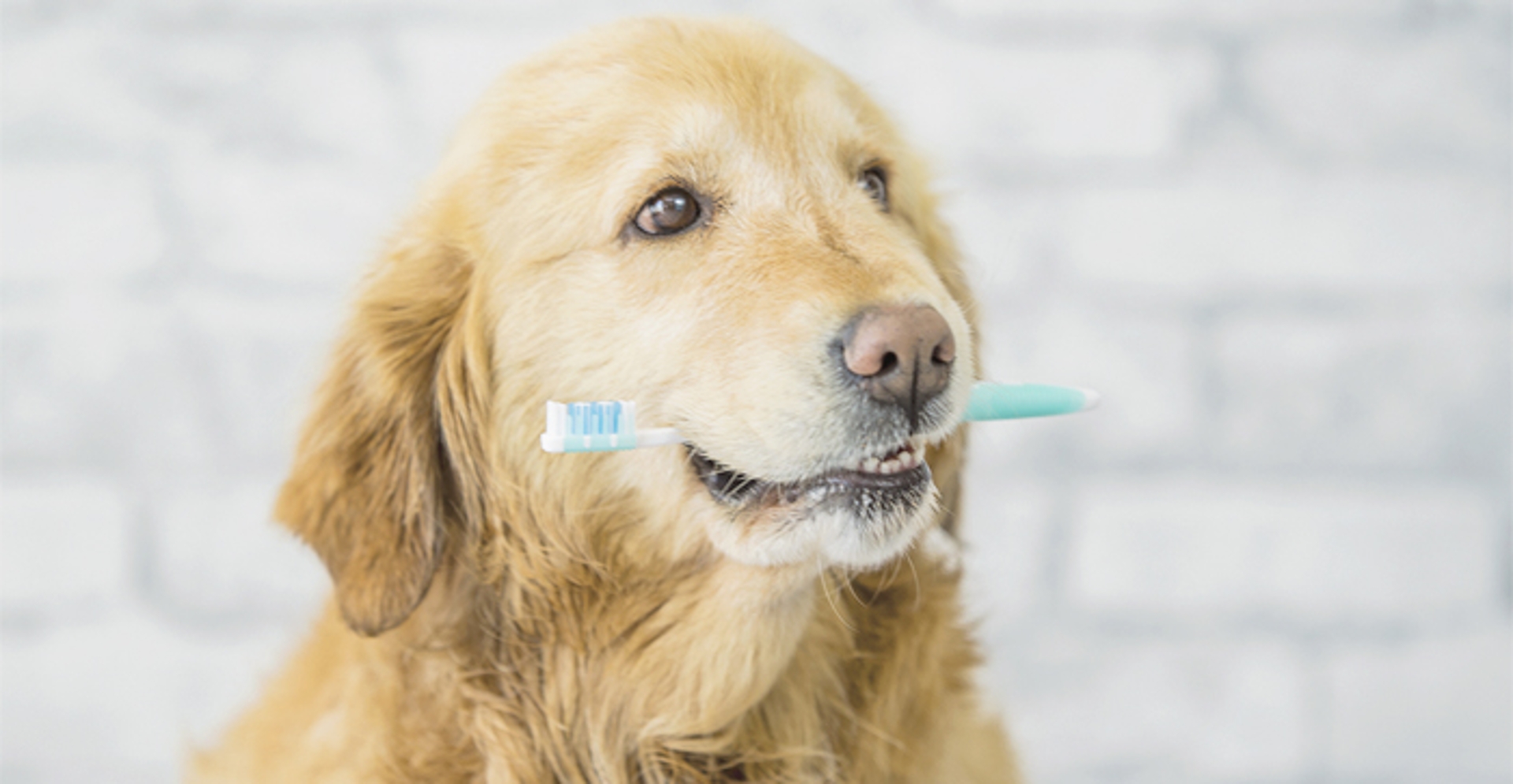5
Oct 2022
Oral health is as important for companion animals as it is for their owners. Left unchecked in pets, periodontal disease can lead to pain, trouble eating and other issues.
Pet owners are urged to brush their pets’ teeth to help remove bacteria that can lead to tartar buildup. If oral hygiene is ignored, pets can develop tooth decay and other issues.
People know from experience what to expect when they go to a dentist for a cleaning, but a pet’s oral cleaning may be an unknown — and that can induce anxiety. Most cleanings follow a similar pattern and recognition of that pattern can give pet owners an idea of what to expect at a veterinary dental cleaning.
Anesthesia
One of the main differences between a dental cleaning for a person and one for a pet is the use of anesthesia. According to Kulshan Veterinary Hospital, pets do not willingly open their mouths to give veterinary dentists access to perform cleanings. Anesthesia ensures that the animal will remain still and the vet can remove any plaque and tartar that has built up. If a tooth needs to be extracted, sedation ensures that will go smoothly.
Pre-testing
Since anesthesia will be used, vets often will run lab work and an EKG to determine if a pet is healthy enough to receive anesthesia. Testing ahead of time also helps the vet make the best decisions regarding which types of anesthetics to administer and in what quantities.
Examination and cleaning
The vet will conduct a thorough examination of the pet’s mouth, noting any abnormalities. A dental probe is often used to evaluate bleeding gums and detect pockets in the gums where food can accumulate and potentially lead to decay.
After the examination, VCA Hospitals says tooth scaling will be performed, using both ultrasonic and hand scalers to remove plaque and tartar above and below the gum line. Teeth will then be polished to remove any microscopic scratches that can snag bacteria and lead to subsequent build-up.
Monitoring
Throughout the procedure, a pet’s vital signs are monitored and IV fluids are administered to keep the animal comfortable and safe. Before the pet is brought out of anesthesia, dental x-rays also may be taken to check for problems not visible to the naked eye. The pet also will be monitored after anesthesia in the recovery room.
At home
When the pet is released to go home, it is important for pet owners to keep up with dental cleanings. Do not use toothpaste designed for humans, as there are special animal-safe products for this purpose. Depending on what was done during the cleaning, the vet may prescribe antibiotics and/or pain medications.
Dental cleanings are an important component of overall pet care. Consult with a vet to learn more about pet dental cleanings.






